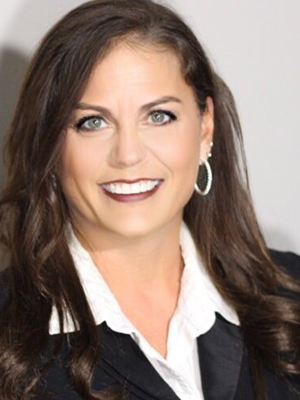
Birds will tell you that building a nest is hard work – but the protection and security it provides make it worth it. Is your nest strong enough to protect you from future hardship? In honor of National Savings Day, Dahna Sanders, Senior Workplace Banking Representative with First Merchants Bank, has a few tips on how to tell if your savings account is ready to weather whatever storms life may bring.
“I think we saw with the COVID-19 pandemic just how quickly disaster can strike families,” Dahna shared. “Without the emergency fund of a robust savings account, there’s a higher potential of not being able to pay your bills, having your credit affected, and experiencing additional stress that can ultimately affect your health. So, it really helps to have a certain amount set back so that, when the worst-case scenario strikes, you can focus on rebuilding and taking care of your loved ones.”
So, how much savings is enough?
“It’s really recommended that you have enough in savings to cover a few months of expenses,” Dahna explained.
But that amount changes, depending on your age and life stage. In general, financial professionals recommend that people in their 20s should have enough money in savings to cover three to six months of living expenses.
“That includes necessities like rent, utilities, and groceries; but it also should include enough to cover your credit card payments, loan payments, and any other debt obligations you may have,” Dahna said.
Those in their 30s and up should have enough in savings to cover at least six months of bills, but it’s better to have enough to cover roughly a year’s worth of payments.
“We recommend that folks in that later age bracket have more put aside because, typically, they’re earning higher amounts, so they have a greater ability to save,” Dahna explained. “They also typically have higher monthly expenses – they have a mortgage, they have student loan payments, they have children or are taking care of aging parents – so they need that extra buffer that covering a few more months of bills can bring.”
But how can you build up your savings on a budget?
If possible, Dahna recommends using the 50-30-20 rule – where 50 percent of your gross pay goes towards paying bills, 30 percent is for general spending or dining out, and 20 percent goes into savings or future investments. That 20 percent can add up quickly, Dahna said, and can make all the difference in an emergency.
However, putting aside that money can be hard. Which is why Dahna encourages people to make use of the Direct Deposit paycheck function at their job and send that 20 percent directly into a separate savings account each time they get paid.
“I always tell my kids, ‘Money not seen, money not spent,’” she said.
“Of course, I don’t know if they actually listen to that,” she added with a laugh. “But I hope they do – I try to encourage them to be responsible because this is their future and their future financial security.”
It’s also important to occasionally bolster the amount you’re squirreling away for a hard winter’s day.
“If you get a raise, I always say a good rule of thumb is to take half that raise amount or percentage and increase your savings deduction by that amount,” Dahna said. “I don’t want to say it keeps up with inflation, because our paychecks never keep up with inflation, but it means that your savings account grows to keep pace with your paycheck.”
It doesn’t all have to go to a savings account, either – that increase can be added to a 401K, IRA, investment portfolio, CD, or any other type of savings service. The important thing, Dahna said, is to make sure you get in the habit of saving – and get in the habit of leaving your savings alone to grow and flourish.
“The sooner you can start to learn to live without that money, the better your savings account – and, by association, your future – will be,” she said.

